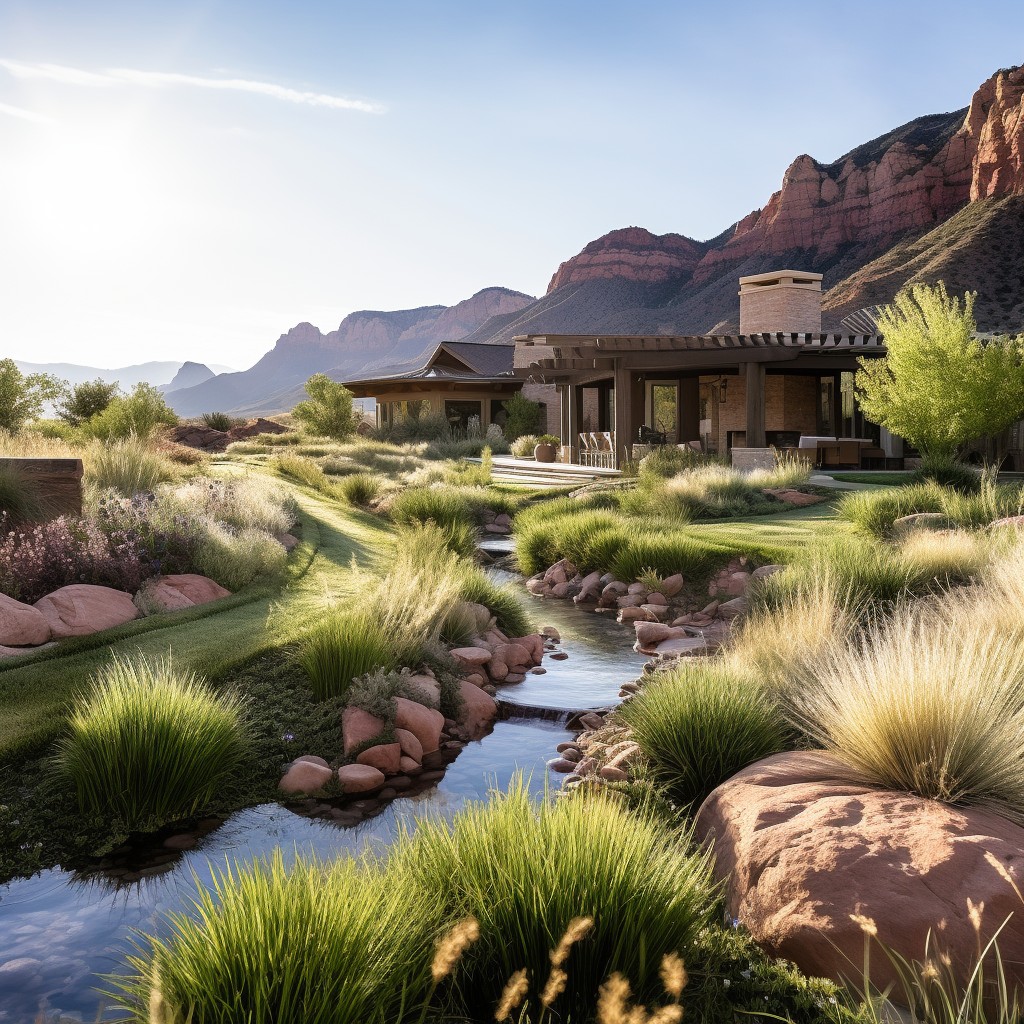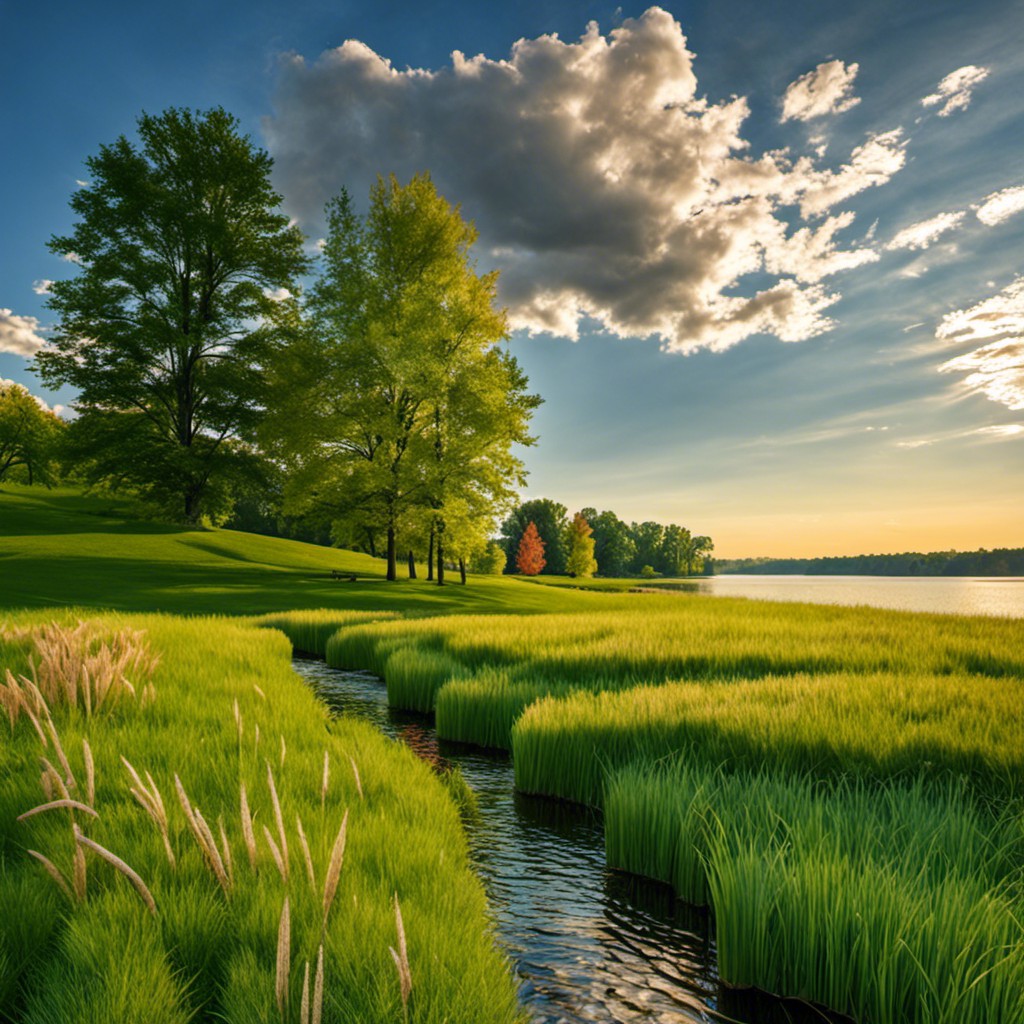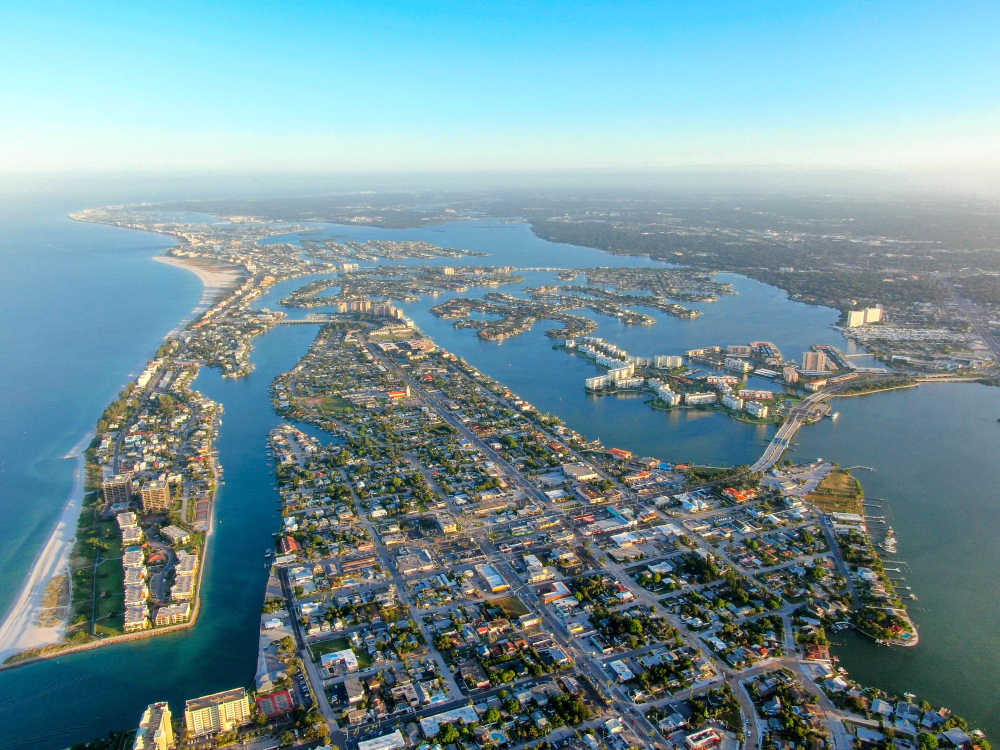Last updated on
Explore the diverse world of grass alternatives in Colorado as we delve into eco-friendly, low-maintenance options for transforming your landscape.
Are you tired of the same old grass in your Colorado lawn? Do you want to explore alternative options that are not only budget-friendly but also eco-friendly? Look no further! In this article, we will dive into some exciting grass alternatives that can transform your yard and give it a unique touch. Whether you’re looking for low-maintenance options or something more visually appealing, we’ve got you covered.
So let’s get started and explore some fantastic grass alternatives that will make your Colorado lawn the envy of the neighborhood!
Native Colorado Grasses
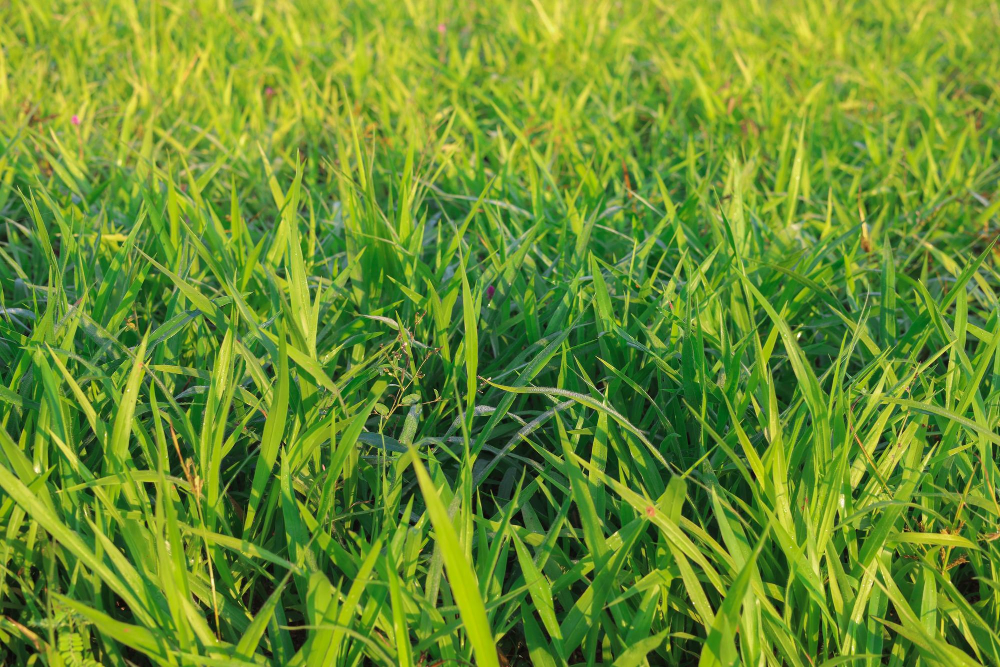
Native Colorado grasses are an excellent option for those looking to create a low-maintenance, eco-friendly lawn. These grasses have adapted to the state’s unique climate and soil conditions, making them more resistant to pests and diseases than non-native species.
They also require less water and fertilizer than traditional turfgrass varieties.
Some popular native Colorado grasses include Blue Grama Grass, Buffalograss, Indian Ricegrass, Prairie Junegrass, Sideoats Grama Grass among others. Each of these has its own unique characteristics that make it suitable for different types of landscapes.
When choosing a native Colorado grass variety for your lawn or landscape project consider factors such as sun exposure levels in your yard or garden area; soil type (clay vs sand); drainage patterns; desired height/texture/coloration preferences; maintenance requirements (mowing frequency etc.).
Drought-Tolerant Groundcovers
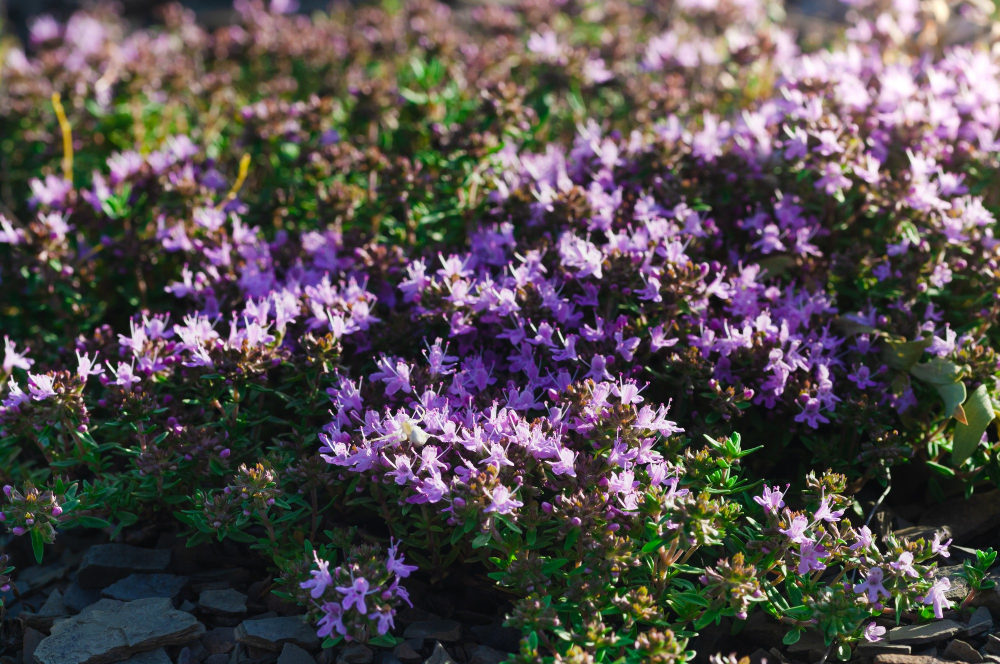
These groundcovers can withstand dry conditions, require little watering, and add a unique touch to your landscape.
Some popular drought-tolerant groundcover options include creeping thyme, sedum varieties such as dragon’s blood or stonecrop, ice plant (delosperma), woolly yarrow (achillea), and creeping phlox. These plants come in various colors ranging from green to purple hues that will give your yard a vibrant look.
One of the benefits of using drought-tolerant groundcovers is that they help prevent soil erosion by holding the soil together with their roots. They also provide habitat for beneficial insects like bees and butterflies while reducing weed growth in your garden beds.
When planting these types of plants, it is essential to prepare the soil adequately by adding organic matter such as compost or leaf mold before planting them. This helps improve drainage while retaining moisture around the root zone during dry spells.
Xeriscaping Principles
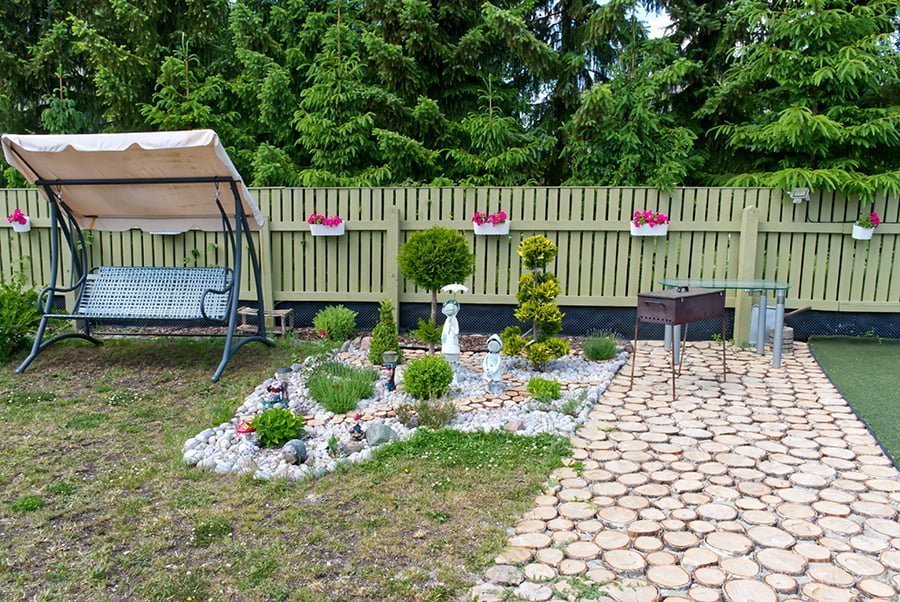
It’s an excellent option for Colorado homeowners who want to reduce their water usage and save money on their utility bills. Xeriscaping principles involve using plants that are native to the area, grouping them according to their watering needs, and creating efficient irrigation systems.
When it comes to grass alternatives in Colorado, xeriscaping can be an ideal solution. By incorporating drought-tolerant groundcovers like creeping thyme or sedum into your landscape design, you can create a beautiful lawn without wasting precious resources.
In addition to choosing the right plants for your yard, xeriscape designs also focus on soil preparation techniques such as adding organic matter or composting before planting new vegetation. This helps improve soil quality while reducing erosion and runoff during heavy rains.
Artificial Grass Options

It’s also an excellent choice for areas where water conservation is essential, such as Colorado, where droughts are common. Artificial grass options come in various colors and textures to mimic natural grasses and can be customized to fit any landscape design.
One of the benefits of artificial turf is that it requires little upkeep compared to traditional lawns. You won’t have to worry about mowing or watering your lawn regularly, which saves you time and money on utility bills.
Another advantage of artificial turf is its durability; it can withstand heavy foot traffic without showing signs of wear and tear like natural grass would over time. This makes it ideal for families with children or pets who love spending time outdoors.
When choosing an artificial turf option, consider factors such as color variation, pile height (the length of individual blades), density (how closely packed together each blade is), backing material quality (to ensure proper drainage) among others.
Low-Maintenance Landscape Designs
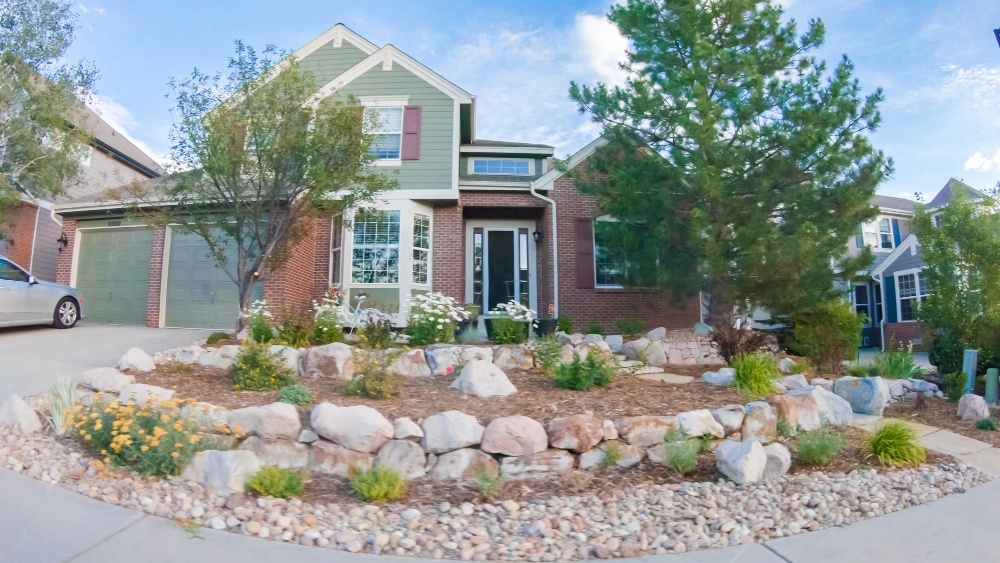
One popular choice is xeriscaping, which involves using drought-tolerant plants and groundcovers to create a beautiful landscape that requires little water or maintenance. Another option is to use artificial turf, which looks just like real grass but doesn’t require mowing or watering.
You can also consider planting perennial flowering ground covers such as creeping thyme or sedum. These plants not only add color and texture to your yard but also help suppress weeds while requiring very little care.
In addition to these options, you can incorporate hardscaping elements such as rocks and gravel into your design for added interest without the need for regular maintenance.
Perennial Flowering Ground Covers
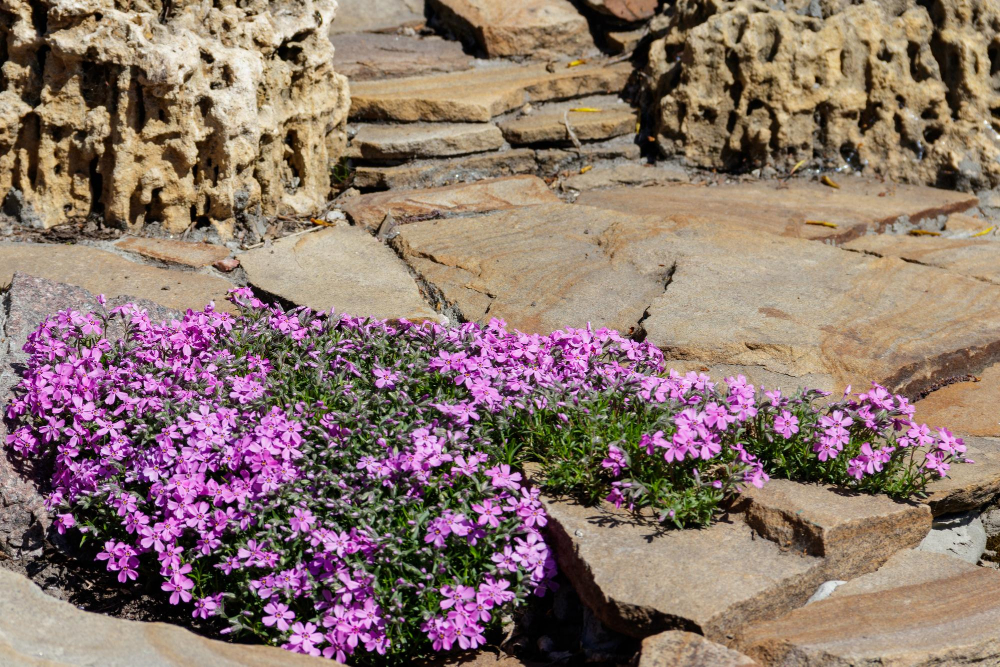
These plants come in various colors, shapes, and sizes that can complement any landscape design. They also provide numerous benefits such as erosion control, weed suppression, and water conservation.
Some popular perennial flowering ground covers include creeping phlox with its vibrant pink or purple flowers; sedum with its succulent leaves that turn red in fall; thyme which is not only fragrant but also drought-tolerant; and ajuga which has beautiful blue or purple spikes of flowers.
When choosing a perennial flowering ground cover for your Colorado lawn, it’s essential to consider factors such as soil type, sun exposure levels, water availability as well as the plant’s hardiness zone rating. Proper research will ensure you select plants that thrive in your area while adding beauty to your yard.
Perennial Flowering Ground Covers offer an excellent alternative solution for homeowners looking beyond traditional grass options.
Soil Preparation for Grass Alternatives
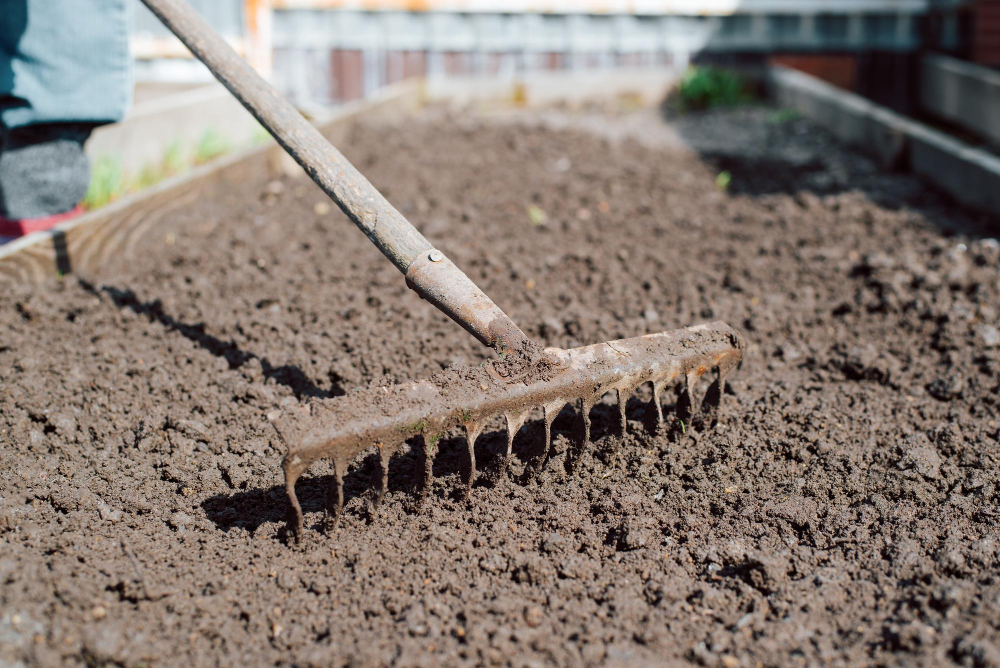
Soil preparation is crucial for ensuring that your plants thrive and grow healthy roots. The first step in preparing your soil is to remove all existing vegetation and weeds from the area where you plan to plant.
You can use a shovel or a hoe for this task.
Once you’ve cleared the area, it’s time to test your soil pH levels using an at-home testing kit or by sending samples of your soil off for professional analysis. Different grass alternatives require different pH levels, so make sure that you choose one that suits what grows best in Colorado.
After determining the pH level of your soil, add organic matter such as compost or manure into it before planting anything new; this will help improve its texture and nutrient content while also promoting better drainage.
Irrigation Techniques for Low-Water Landscapes
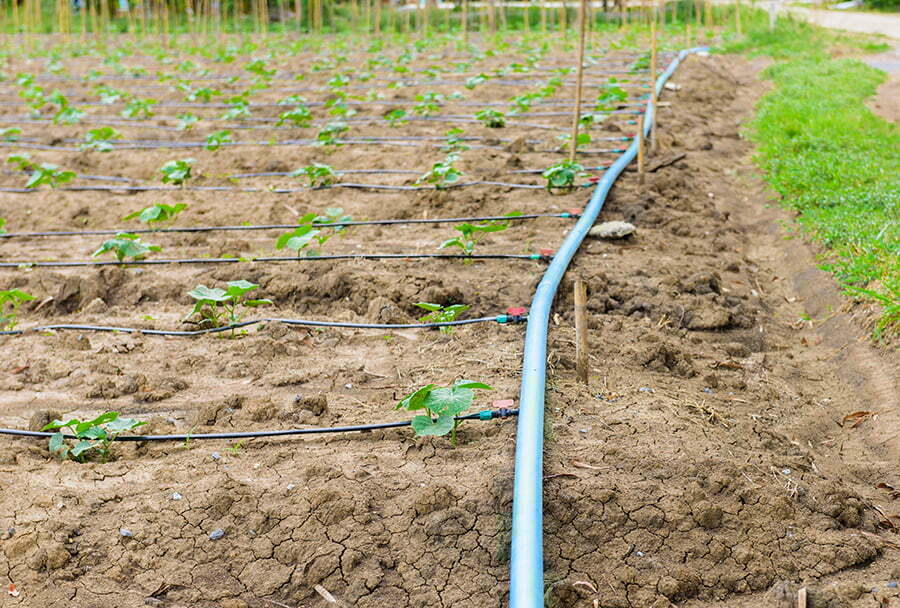
However, with Colorado’s arid climate and limited water resources, traditional irrigation methods can be wasteful and expensive. That’s why it’s essential to explore low-water irrigation techniques that are both efficient and cost-effective.
Drip Irrigation: Drip irrigation is an excellent option for low-water landscapes as it delivers water directly to the roots of plants through a network of tubes or pipes. This method reduces evaporation loss while providing targeted watering where needed.
Rainwater Harvesting: Collecting rainwater from your roof or other surfaces can provide an ample supply of free, untreated water for your landscape needs. You can store this harvested rainwater in barrels or cisterns and use gravity-fed drip systems to irrigate your lawn alternatives.
Mulching: Mulching around plants helps retain moisture by reducing evaporation rates from soil surfaces while also suppressing weed growth naturally.
Smart Irrigation Controllers: Smart controllers use weather data sensors connected via Wi-Fi networks to adjust watering schedules based on real-time conditions such as temperature, humidity levels, wind speed/directions etc., thereby optimizing plant health without wasting any precious resource like Water!.
Meadow Plantings

They can be used to create a wildflower garden or even mimic the look of a prairie landscape. Meadow plantings require minimal maintenance and provide habitat for pollinators such as bees and butterflies.
To get started with meadow planting, it’s essential to choose the right mix of plants that will thrive in your area’s climate and soil conditions. Native grasses like blue grama, buffalo grass, or switchgrass are great options because they require little water once established.
Wildflowers like black-eyed Susan, coneflower (echinacea), blanket flower (gaillardia), penstemon species add color and texture to your meadow planting while attracting beneficial insects.
When planning your meadow garden design consider adding paths through the space so you can enjoy walking through it without damaging any plants. You may also want to include some hardscaping elements such as benches or birdhouses that blend seamlessly into nature.
Low-Water Flowering Plants
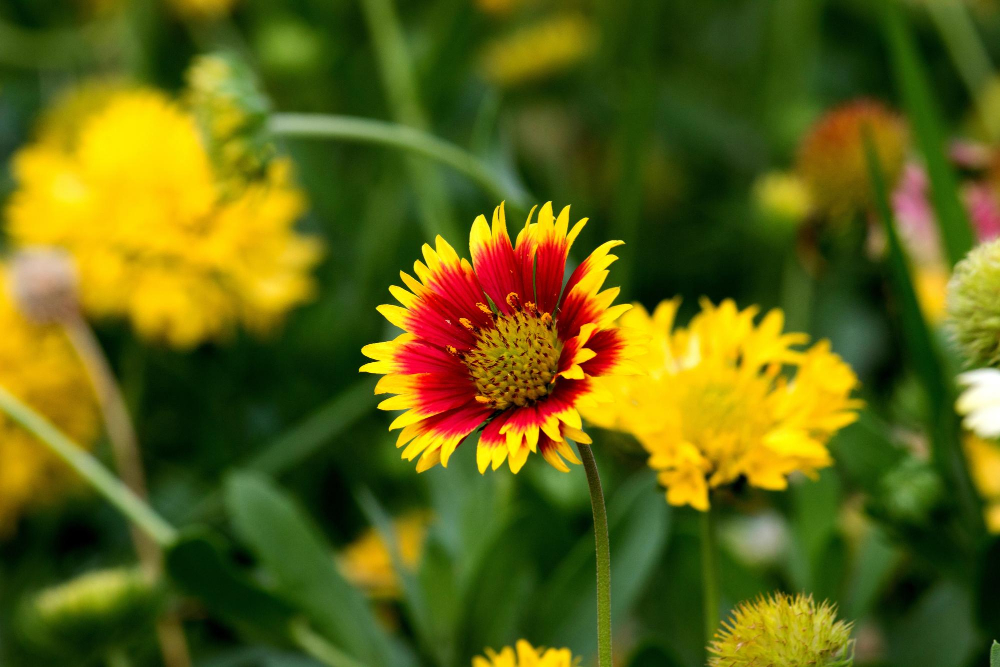
These plants are not only beautiful but also require minimal watering, making them perfect for Colorado’s dry climate.
Some popular options include the Rocky Mountain Penstemon, which produces stunning purple flowers in late spring and early summer. Another great choice is the Blanketflower with its bright red and yellow blooms that last from June through September.
For those who prefer a more subtle look, try planting some Blue Flax or Prairie Smoke. Both of these native wildflowers produce delicate blossoms that add texture and interest to any garden bed.
When selecting low-water flowering plants for your yard, be sure to choose varieties that are well-suited to Colorado’s unique climate conditions. Consult with local nurseries or gardening experts if you need help choosing the right species for your specific location.
Sustainable Landscape Design
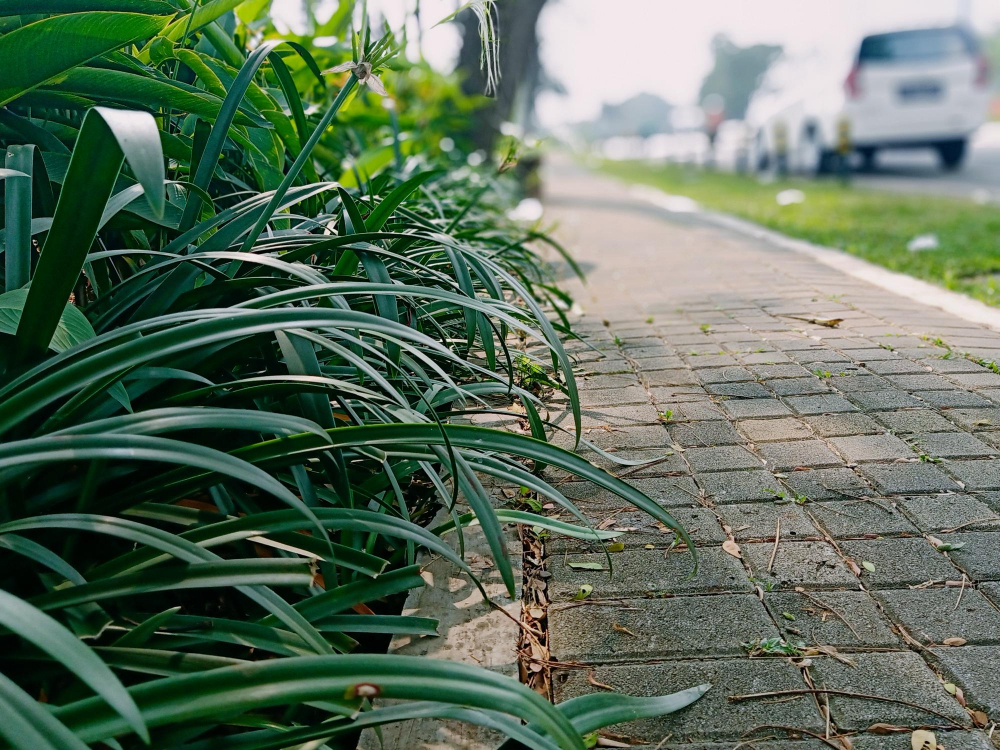
It involves using environmentally friendly materials, reducing water usage, and minimizing the need for chemical fertilizers or pesticides. By incorporating sustainable practices into your landscaping project, you can create a beautiful outdoor space that benefits both you and the environment.
One way to achieve sustainability in your landscape design is by selecting native plants that are adapted to Colorado’s climate. These plants require less water than non-native species because they have evolved to thrive in our unique conditions.
Another important factor in sustainable landscaping is soil preparation. Healthy soil provides essential nutrients for plant growth while also retaining moisture more efficiently than compacted or depleted soils.
Adding organic matter such as compost can improve soil structure and fertility while reducing erosion.
In addition to plant selection and healthy soils, irrigation techniques play a significant role in creating an eco-friendly yard with low maintenance requirements. Drip irrigation systems deliver water directly to the roots of plants where it’s needed most instead of wasting it on evaporation from sprinklers or hoses.
Eco-Friendly Turfgrass

These types of turfgrasses require less water, fertilizer, and pesticides than traditional grasses. They also have deeper roots that help prevent soil erosion and improve soil health.
One popular eco-friendly turfgrass option in Colorado is Buffalo Grass. This native prairie grass requires very little maintenance once established and can survive on as little as 15 inches of rainfall per year.
It’s drought-tolerant, disease-resistant, and has a beautiful blue-green color that looks great in any landscape design.
Another excellent choice for eco-friendly turfgrass is Fine Fescue Blend which includes several species such as creeping red fescue or chewings fescue among others depending on the blend you choose from your local garden center or nursery). This type of grass grows slowly so it needs less mowing than other varieties; it also requires minimal watering during dry spells making it ideal for low-water landscapes.
Ornamental Grasses
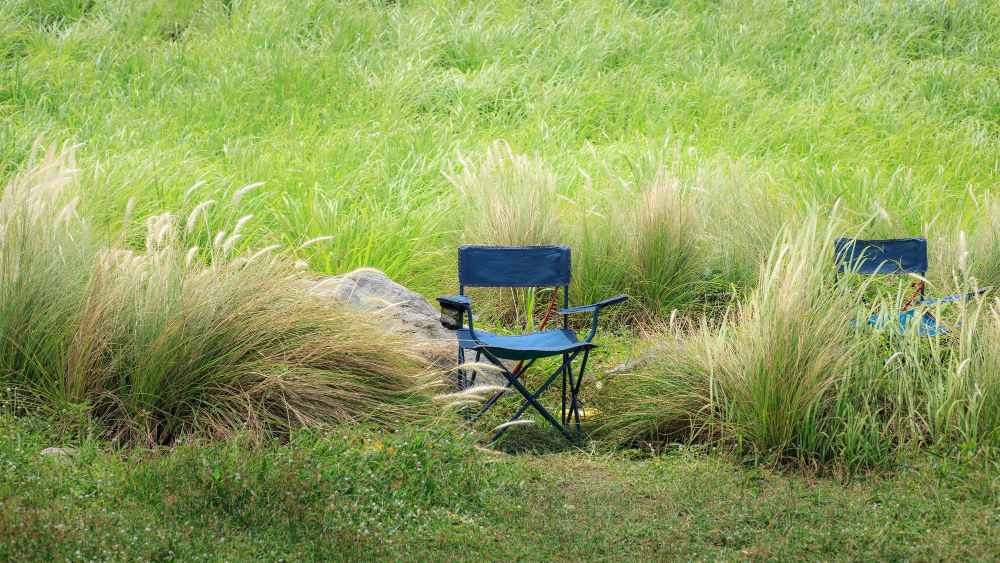
These grasses come in various heights, colors, and textures that can add depth and interest to your lawn. They also require minimal watering once established, making them an eco-friendly option.
Some of the most popular ornamental grass varieties include Blue Fescue Grass with its striking blue-green foliage; Fountain Grass with its fluffy pink or white plumes; Maiden Grass which can grow up to 8 feet tall; Switchgrass which turns golden in fall adding warmth to your landscape design.
When planting ornamental grasses, it’s essential first to prepare the soil by removing any weeds or debris from the area. You should then loosen up the soil before planting as this will help improve drainage while allowing roots easy penetration into the ground.
Clover Lawn Substitutes
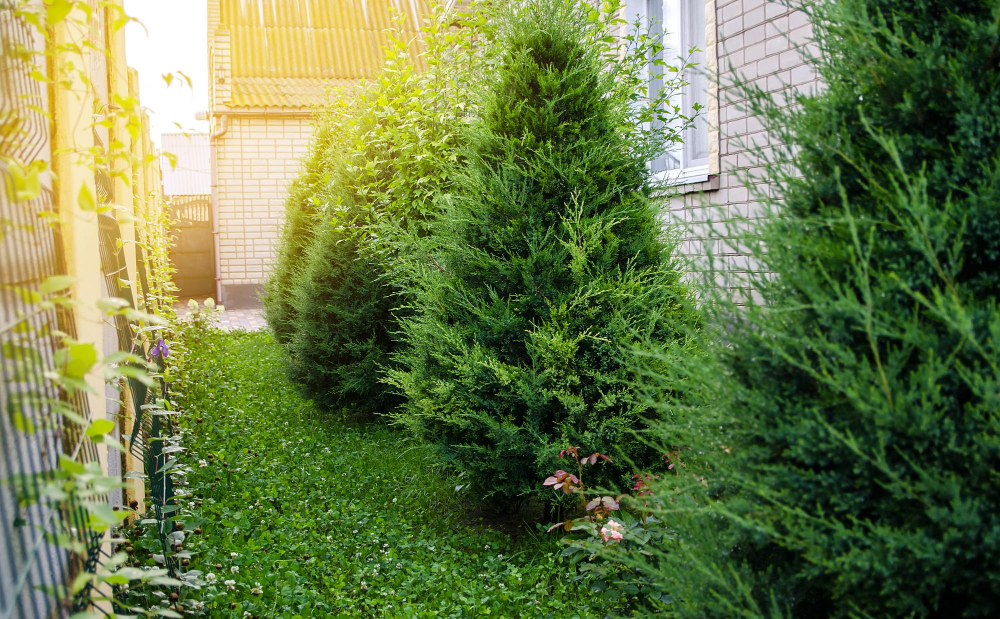
Clover is an excellent substitute for grass because it requires less water and fertilizer than traditional turfgrass. It also attracts pollinators like bees and butterflies to your yard.
Clover is easy to grow from seed or can be purchased as plugs or sod. Once established, it forms a dense mat that chokes out weeds and requires little mowing.
Clover also fixes nitrogen in the soil, which means you won’t need as much fertilizer.
One of the best things about clover is its ability to thrive in poor soil conditions where other plants struggle. It’s drought-tolerant once established but will benefit from occasional watering during dry spells.
There are several types of clovers available on the market today that are suitable for use as lawn substitutes such as white Dutch clovers or microclovers which have smaller leaves than their larger counterparts making them more visually appealing when used alone without mixing with other ground covers.
Moss and Lichen Groundcovers
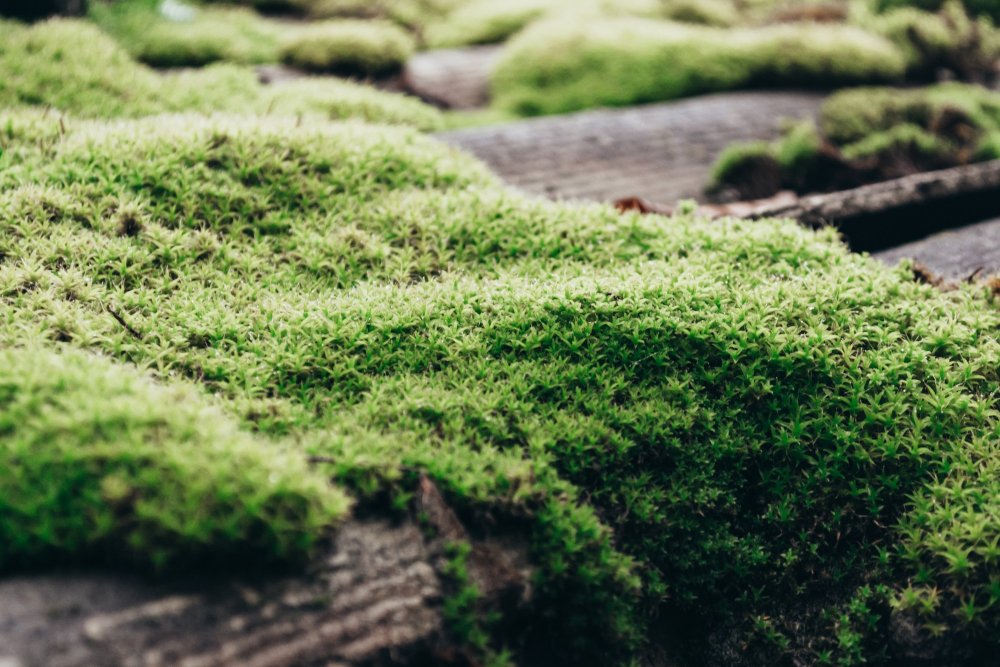
These low-maintenance plants thrive in shady areas where traditional grasses struggle, making them an excellent choice for those hard-to-grow spots. Moss is especially useful as it can grow on almost any surface, including rocks, trees, or even concrete walls.
Lichens are also fascinating organisms that form a symbiotic relationship between algae and fungi. They come in various colors ranging from bright green to grayish-blue hues that can create stunning patterns when grown together.
One of the benefits of using moss or lichen as groundcovers is their ability to retain moisture in the soil beneath them while reducing erosion caused by heavy rainfall. They require little maintenance once established since they do not need mowing or fertilizing like traditional lawns.
Hardscaping Alternatives

However, hardscaping can be expensive and requires regular maintenance. If you’re looking for an alternative to traditional hardscaping techniques in Colorado, there are several options available.
One option is using recycled materials like broken concrete or bricks to create unique garden paths or retaining walls. These materials not only add visual interest but also help reduce waste by repurposing old building materials.
Another alternative is incorporating natural elements like boulders or large rocks into your landscape design. This creates a more organic look while still providing structure and definition to your outdoor space.
Consider adding water features such as fountains or ponds instead of traditional hardscape structures like patios or decks. Water features provide a calming ambiance while also attracting wildlife to your yard.
Rock Garden Ideas
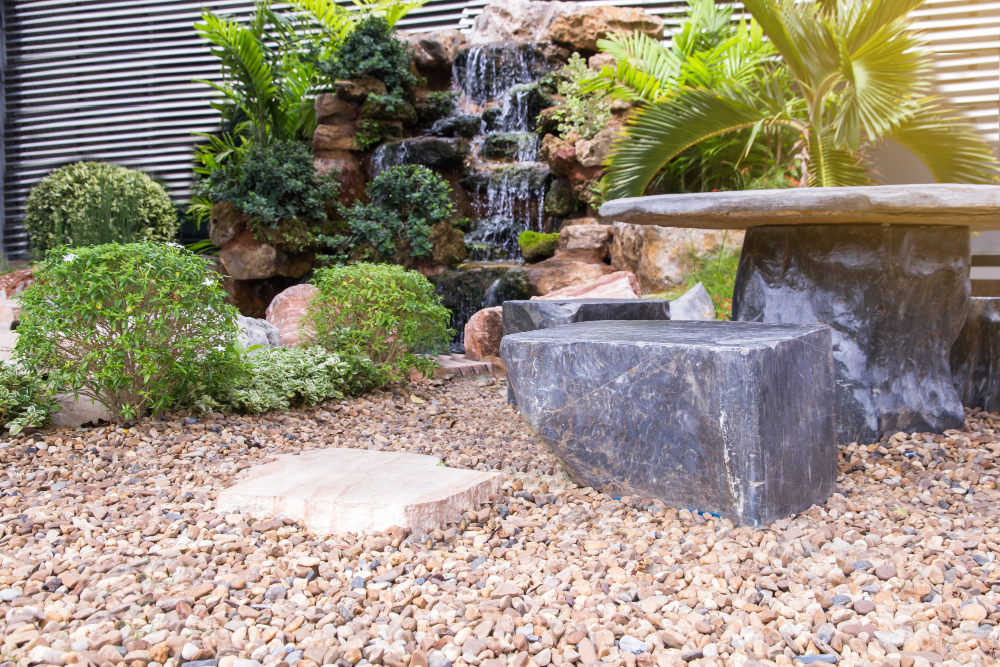
These gardens feature carefully arranged rocks, boulders, and pebbles that create a natural-looking environment while also providing excellent drainage for plants. Rock garden designs can range from simple arrangements of stones to complex multi-level terraces with water features.
One idea is creating a rock garden around your patio or deck area. This will provide an attractive focal point while also helping to prevent erosion in the surrounding soil.
Another option is building a dry creek bed using river rocks or larger boulders as edging along the sides of your yard.
If you’re feeling adventurous, consider incorporating water into your rock garden design by adding small ponds or fountains surrounded by stones and greenery. This creates an oasis-like atmosphere that’s perfect for relaxing afternoons spent outside.
No matter what type of rock garden you choose, be sure to select plants that thrive in rocky environments such as succulents, alpine flowers like columbine (Aquilegia), creeping thyme (Thymus praecox), sedum varieties like ‘Dragon’s Blood’, dwarf conifers such as junipers (Juniperus spp.), yucca species including Yucca filamentosa ‘Color Guard’ among others.
Permeable Paving Materials
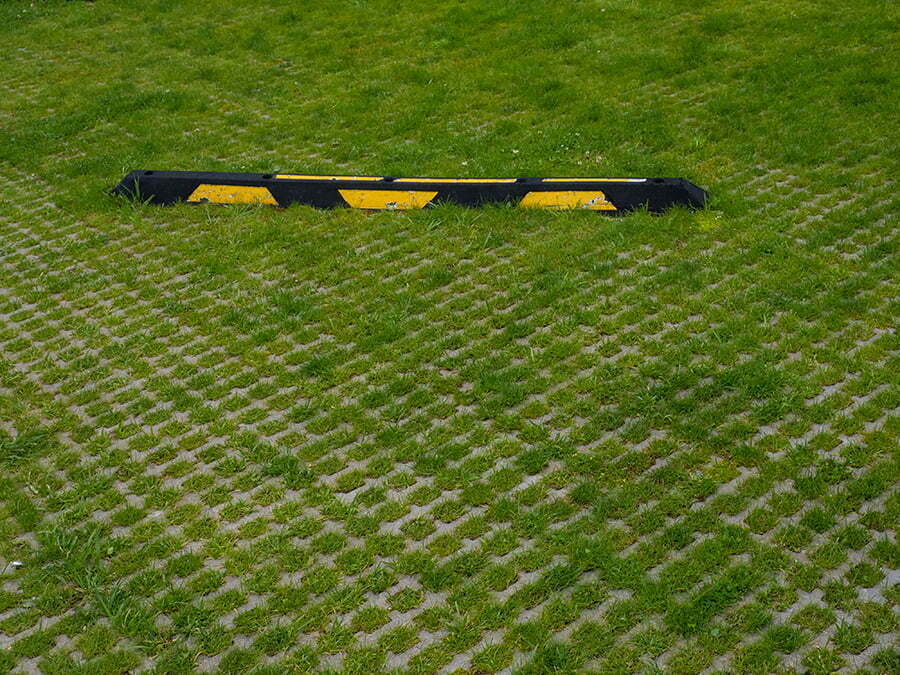
These materials allow water to seep through the surface and into the ground below, reducing runoff and erosion while also replenishing groundwater supplies.
There are several types of permeable paving materials available in Colorado, including porous concrete pavers, gravel grids, interlocking blocks made from recycled plastic or rubber tires. Each material has its unique benefits depending on your specific needs.
Porous concrete pavers have small holes that allow water to pass through them easily. They come in various shapes and sizes so you can create different patterns with them for added visual appeal.
Gravel grids consist of interconnected cells filled with gravel or other aggregates such as crushed stone or recycled glass. The cells provide stability while allowing rainwater to filter down into the soil beneath it.
Interlocking blocks made from recycled plastic or rubber tires offer a durable yet flexible solution for driveways and walkways alike. They come in many colors so you can choose one that complements your home’s exterior design scheme perfectly!
Planting Wildflower Meadows

Wildflowers are not only beautiful, but they also provide essential habitats for pollinators such as bees, butterflies, and hummingbirds. Creating a wildflower meadow requires some planning and preparation before planting.
Firstly, you need to choose the right location that receives plenty of sunlight throughout the day. Secondly, prepare the soil by removing any weeds or grasses from the area where you want your wildflowers to grow.
Thirdly, loosen up the soil with a rake or tiller so that it’s easier for seeds to germinate.
Next step is selecting native seed mixes suitable for Colorado climate conditions which will thrive in our dry summers while providing food sources throughout spring summer & fall seasons. Once you have selected your seed mixtures spread them evenly over prepared ground using recommended seeding rates per square foot.
Water newly planted areas regularly until established (usually 2-3 weeks) then reduce watering frequency gradually allowing plants time between waterings develop deep root systems making them more drought-tolerant.
Resources for Colorado Landscaping

Fortunately, there are many resources available to help you create a beautiful and sustainable landscape. Local nurseries and garden centers can provide expert advice on which plants will thrive in your area’s climate and soil conditions.
The Colorado State University Extension is another valuable resource for homeowners looking to improve their landscaping skills. They offer classes, workshops, and online resources covering topics such as xeriscaping principles, plant selection guides specific to different regions of the state, irrigation techniques for low-water landscapes.
Local government agencies often have programs promoting water conservation through sustainable landscaping practices like rainwater harvesting or turf replacement rebates.
By taking advantage of these resources along with our list of grass alternatives above – you’ll be well on your way towards creating a stunning landscape that not only looks great but also helps conserve precious natural resources!.
FAQ
What grass is no water in Colorado?
In Colorado, Buffalo grass is a drought-resistant grass that requires little water, making it suitable for the region.
How do I convert my lawn to Xeriscape?
To convert your lawn to Xeriscape, apply glyphosate to kill the grass, wait seven days for it to turn off-color, then plant low water requiring ground covers, spacing them according to their type and size.
What are the best grass alternatives in the Pacific Northwest?
In the Pacific Northwest, the best grass alternatives are Irish and Scotch moss, as they create a lush carpet, have tiny star-shaped blooms, and thrive in Northwest gardens.
What are the most drought-tolerant grass options for Colorado landscapes?
Top drought-tolerant grass options for Colorado landscapes include Buffalo grass, Blue grama, and Fescue grass.
Which native plants can be used as sustainable lawn alternatives in Colorado?
Native plants like buffalo grass, blue grama, and western wheatgrass can be used as sustainable lawn alternatives in Colorado.
How can I create an eco-friendly and low-maintenance yard using Colorado-native plants?
To create an eco-friendly and low-maintenance yard using Colorado-native plants, incorporate resilient species such as blue grama grass, purple coneflowers, and serviceberry shrubs into your landscape design.
Recap
Liked this article? Here's what you can read next:


